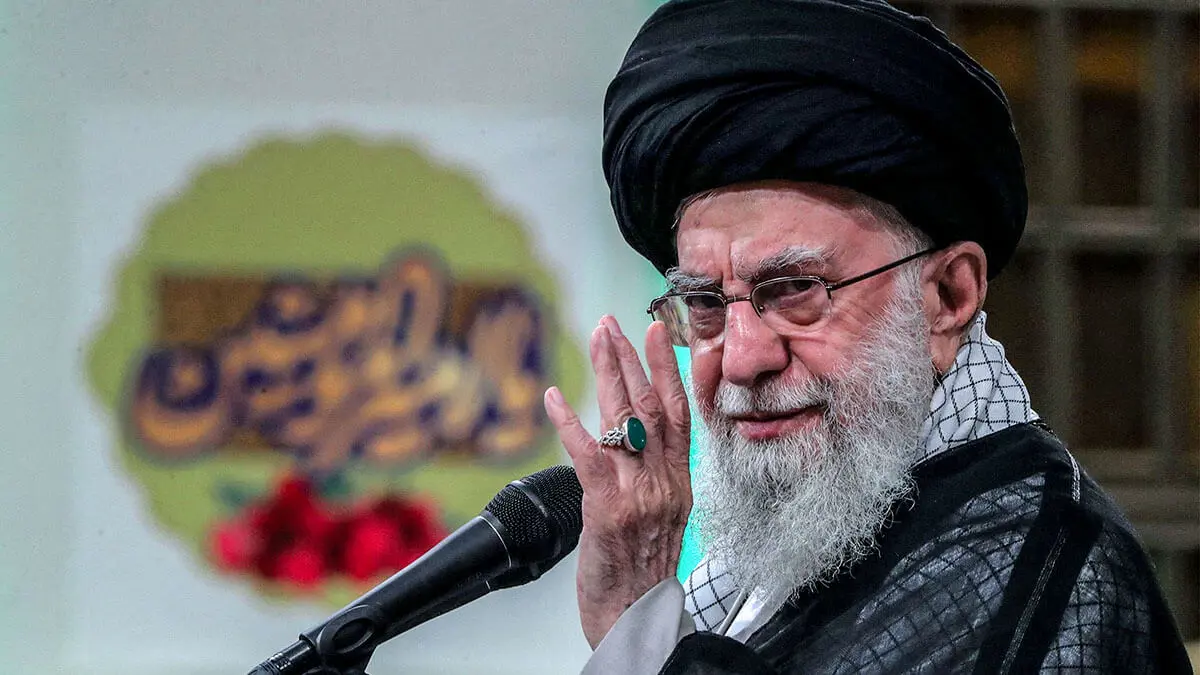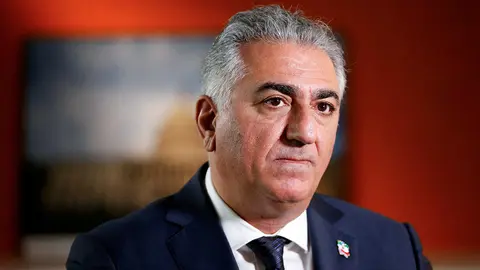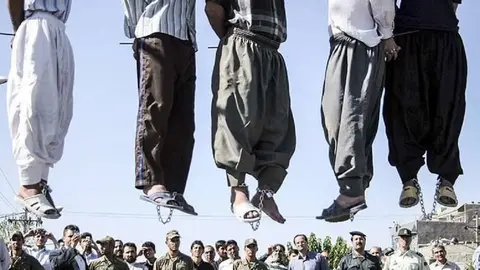Iran: Bloody Wednesday

An unprecedented wave of executions
On Wednesday 26 February, in an act of rare barbarity, 20 prisoners were executed. They include:
- At Ghezelhessar prison: Mosayyeb Azizi, Sajjad Eghbali-Garavand, Bahman Houshmand, Alireza Basati-Nia, Mostafa Hajir-Pirouz and five other inmates.
- In Kermanshah: Behrouz Safari-Ghaleh-Zanjiri, Milad Moradi, Ali Tcheshmeh-Sefidi, Mohammad Fereydouni and three other prisoners.
- In other cities: Abdollah Safarzehi in Birjand, Javad Mohammadkhani in Isfahan and Mir Mohammad Paridar in Ahvaz.
By executing 20 prisoners, including several Kurdish compatriots, the mullahs' regime is displaying unprecedented brutality in a desperate attempt to preserve its faltering power. But these crimes will only amplify the anger and revolt of the youth, strengthening their determination to overthrow this oppressive regime.
Amnesty International has also issued an alert about the imminent execution of two other prisoners, Behrouz Ehsani, 69, and Mehdi Hassani, 48, emphasising the urgency of international intervention. Also according to the humanitarian organisation, a Kurdish aid worker whose execution seems imminent. The organisation is calling for urgent global mobilisation to prevent this injustice.
Executions in Iran in 2024
According to a statement from the Iranian opposition, the National Council of Resistance of Iran (NCRI), the number of executions recorded in 2024 has reached 1,000 prisoners, including 34 women and 7 juvenile offenders. This is an unprecedented figure in 30 years. However, due to the regime's secret executions, the actual number is much higher.
Executions in 2024 increased by 16% compared to the 864 executions recorded in 2023. According to Amnesty International, Iran accounted for nearly 74% of all recorded executions worldwide in 2023.
By analysing this year's executions, we can clearly see that the increase in executions in 2024 is directly linked to the regime's crises and failures.
- 11% of the executions took place in the first quarter and 17% in the second quarter, as the regime prepared for two elections (the parliamentary elections in February and the presidential election in June).
- 25% of the executions took place in the third quarter.
- But in the fourth quarter, as the regime suffered major defeats in the region and the economic and social crises exploded, executions accelerated sharply: nearly 47% of the prisoners executed this year were executed during this period.
Since 30 July, under the presidency of Massoud Pezeshkian, 695 executions have been recorded, or nearly 70% of the annual total. On 8 October, in defence of these barbaric executions, he cynically declared:
‘Those who talk about human rights are asking why we are executing a murderer...’
Increase in executions of women
Among the executed prisoners are 34 women and 7 prisoners who were minors at the time of the offences of which they are accused.
The average age of the 491 victims whose age has been confirmed is 36.
Ethnic and religious minorities are the main victims.
119 executed prisoners were from the Baluchi community, one of the most marginalised and oppressed in the country. In proportion to the population, this figure is much higher than in other Iranian provinces.
Four executions were publicly staged in demonstrations of collective intimidation.
More than half of the victims (502 prisoners) were executed on drug-related charges. This is despite the fact that, since the fall of the Syrian dictator, it has been revealed that the Revolutionary Guards control a vast drug-trafficking network generating tens of billions of dollars in the region and internationally. Only part of these criminal operations has been exposed.
In another shocking crime, the right hands of two brothers were amputated in Urmia prison, while two other prisoners suffered the same fate in Qom.
Meanwhile, the embezzlement and large-scale corruption committed by the regime's leaders go unpunished, becoming a normalised practice within the government.
The only ‘progress made’ in terms of human rights this year? The Iranian judiciary has announced that from now on, ‘anaesthesia is authorised during the amputation of thieves’ (Asr Iran website, 25 December 2024).



